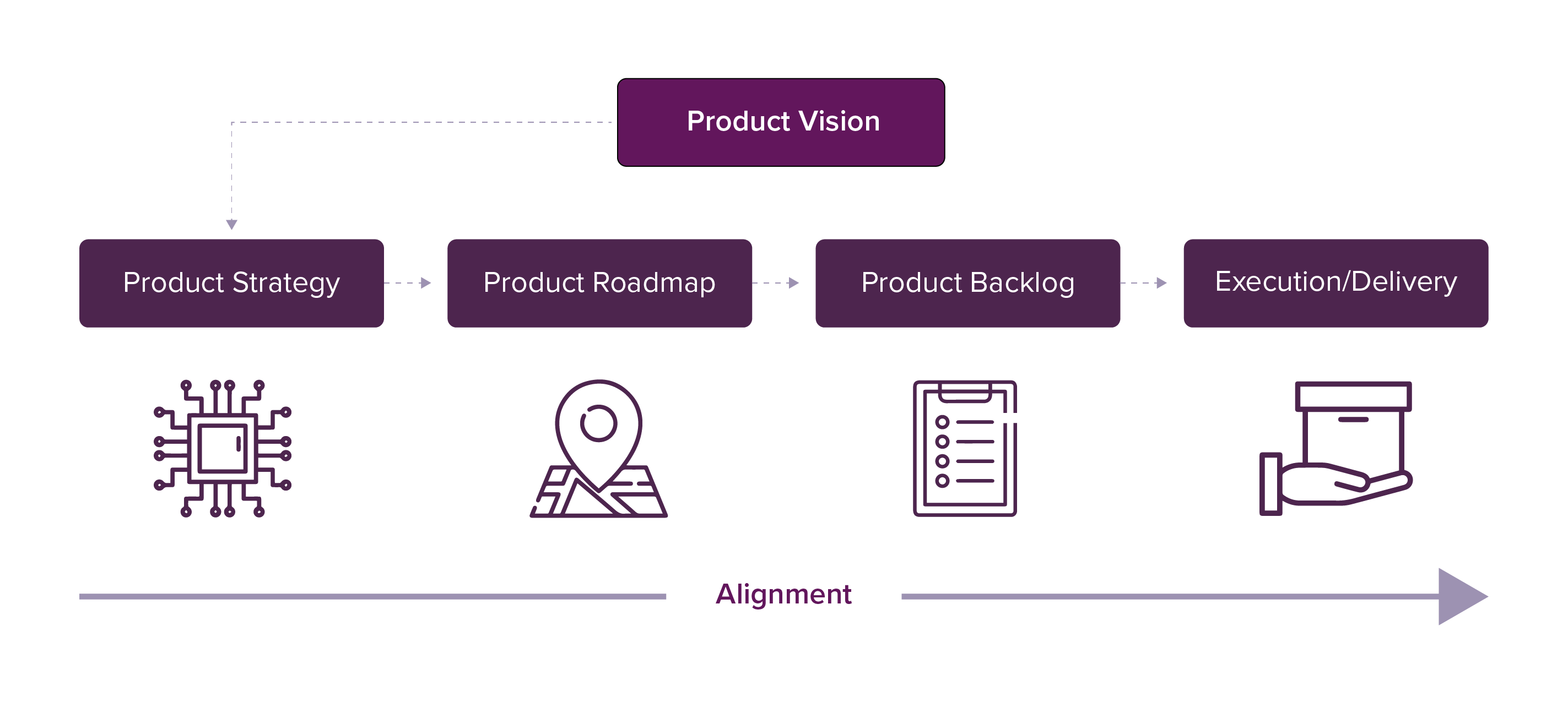Beyond the Scrum Team
When we talk of Scrum teams, we mostly talk about the defined roles of Product Owner, Scrum Master, and development team. The reason is quite clear as the Scrum team is meant to be a cohesive group of people working towards a product goal.
But in real life, does the Scrum team operate in a bubble? Of course not. There are other roles that influence the working of the Scrum team, especially that of the client stakeholders.
Client stakeholders, though external to the Scrum team, provide critical input and greatly influence the working of the Scrum team. Essentially the context of work and objective of the Scrum team is set by them. The role of a client stakeholder is extremely important, and they can help the Scrum team achieve its objectives in many ways.
Here are some ways in which they can contribute to the Scrum team’s success:
1. Setting the Product Vision
Helping set the product vision and define the roadmap is one of the essential responsibilities of the client stakeholder as this is the very first step towards the final objective of the Scrum team.
A client stakeholder can support the alignment to the product vision by having a clear grasp of the project, communicating what is to be achieved, and the business benefits that will be gained by achieving the goals. With this clarity, the Product Owner will then be empowered to prioritize effectively, and the Scrum team will be able to structure themselves better.
While inputs to product vision and objectives are necessary at the discovery phase, it is equally important for the client stakeholders to periodically check if the Scrum team is aligned with the product vision and inform the Product Owner about the changes to the product vision, if there are any. This will ensure that the Product Owner is able to reprioritize according to the new requirements.
2. Early and Continuous Involvement in Building the Product Backlog
One of the more day-to-day activities that a client stakeholder can be involved in would be backlog refinement. Though the Product Owner is the custodian of the product backlog, the actual content of the backlog items would be discovered through daily refinement calls and workshops with the relevant client stakeholders.
Here, the client stakeholders can help immensely by bringing in their ideas early and helping to refine and break down these ideas so the Product Owner can actively improve the quality of the backlog. When these interactions don’t happen, there is a risk of the backlog becoming stagnant. Hence, they are crucial for prioritization of the backlog and ensuring the relevance of the backlog.
3. Encouraging Trust and Collaboration
While the Scrum team is working towards achieving the sprint goal and, in the long run, the product goal, there will be many scenarios where the team would need support from the client stakeholders in case of genuine delays, technical challenges, or even unplanned emergency leaves.
Building trust, encouraging transparency, keeping communication channels open, and working with a growth mindset will be the key areas where a client stakeholder can add value to the Scrum team. Such a collaborative environment will lead to far more effective value delivery as opposed to a regressive, opaque environment as trust and respect will be mutually beneficial.
4. Continuous Feedback
One of the easiest ways in which the client stakeholders can contribute to the scrum team’s success is by continuously providing feedback – be it through sprint review, grooming sessions, or even on an ad hoc basis. This will ensure that the Scrum team can course-correct and make the necessary changes as quickly as possible. But the client stakeholders should also ensure that they are not disrupting the ongoing sprint or randomly altering their requirements – both scenarios will impact the Scrum team negatively.
Client Stakeholders in Scrum Success
Above are just a few ways in which a client stakeholder can encourage the Scrum team’s success. If the client stakeholders consider the Scrum team’s success as their own success, then there is no limit to what the Scrum team can achieve. Coming together to form an agile team is the first step. Working together to achieve a common goal and growing together to achieve the product vision is the ideal way for the stakeholders to be involved in the agile team.




